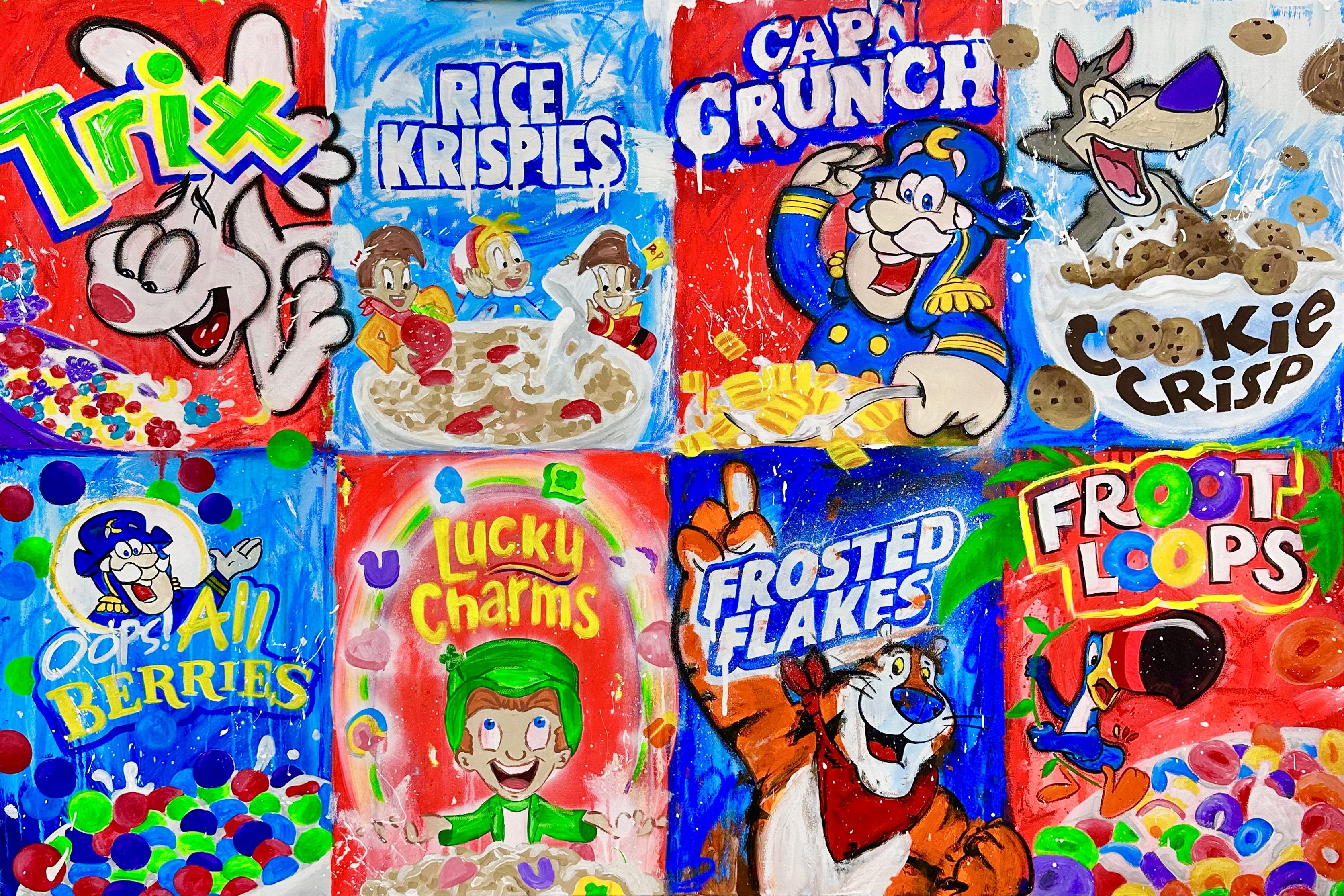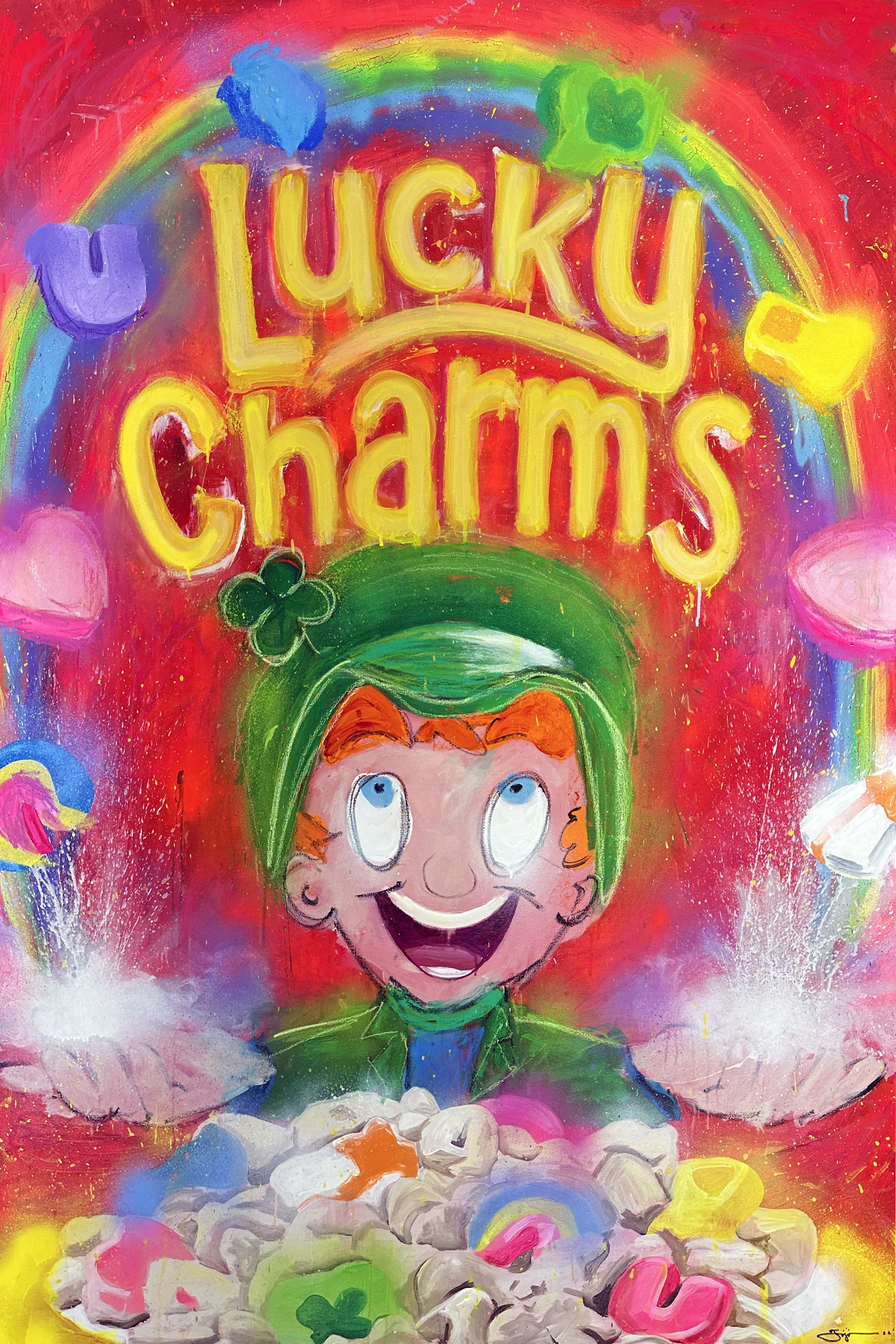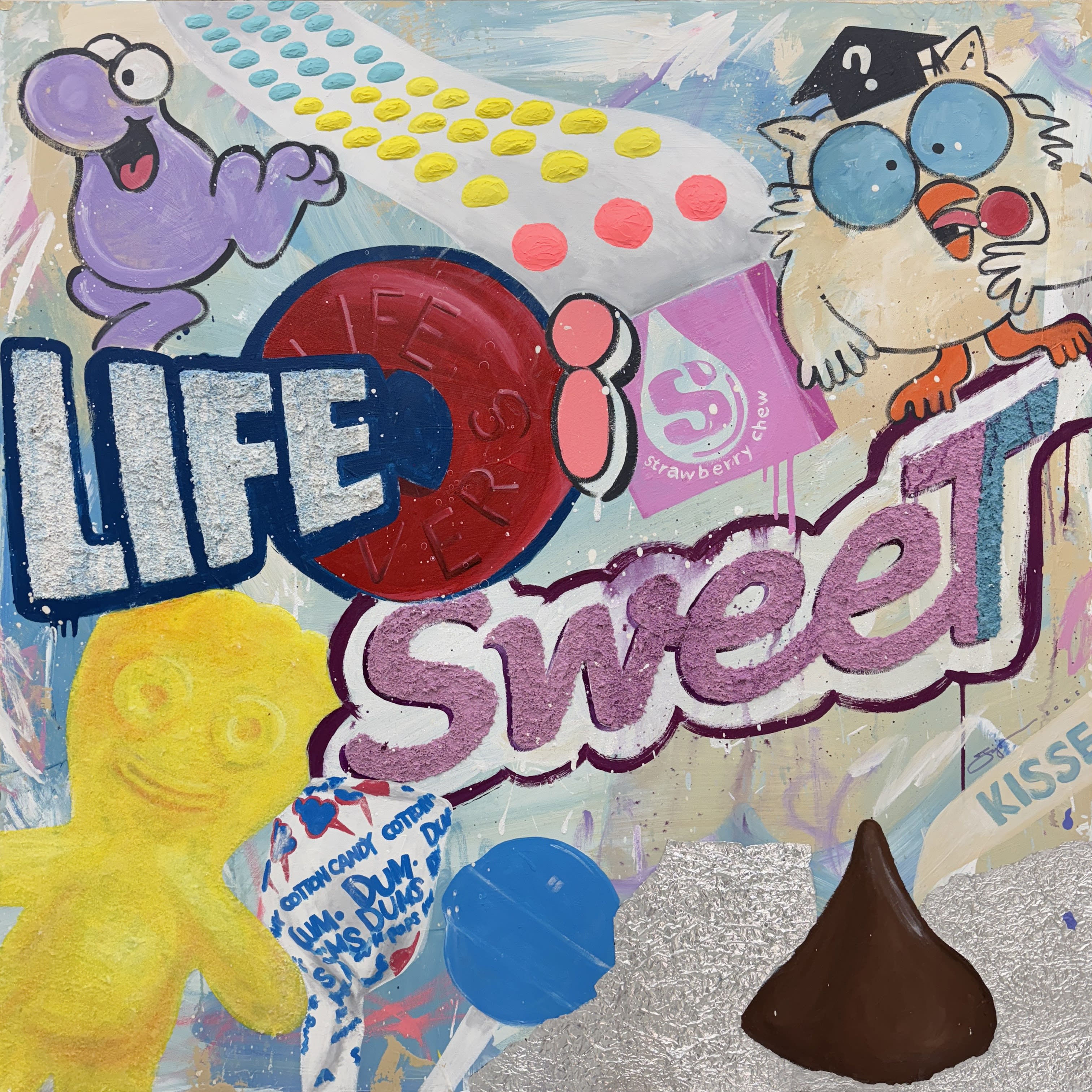In the ever-evolving landscape of contemporary art, Jojo Anavim has emerged as a compelling voice reinvigorating the principles of Pop Art for a new generation. His vivid, textured compositions are immediately recognizable for their incorporation of everyday consumer goods—none more recurrent than cereal boxes and iconic brand packaging. These aren’t just nostalgic nods to childhood breakfasts; they’re sharp reflections on identity, consumerism, and cultural memory in an era where branding and self-image are nearly indistinguishable.
Cereal as a Cultural Symbol
At first glance, Anavim’s use of cereal boxes—Cheerios, Lucky Charms, Frosted Flakes—feels playful, colorful, even whimsical. But there’s depth beneath the sugary surface. Cereal, particularly in American households, is far more than sustenance; it’s a ritual, a rite of passage, a shared visual language passed down across generations. For many, the cereal aisle is an early introduction to branding, desire, and visual stimulation. The characters—Tony the Tiger, the Trix Rabbit, Toucan Sam—function as mascots of childhood but also as the earliest agents of advertising influence.
Anavim doesn't just reproduce these visuals; he recontextualizes them. His compositions are not flat pop culture homages but richly layered works incorporating collage, acrylic paint, diamond dust, and found materials. A cereal box in an Anavim painting becomes both a literal object and a metaphor—one that critiques the manufactured joy and artificial nostalgia sold by brands, while also acknowledging their emotional resonance.

A Fresh Spin on Pop Art
Anavim’s work finds its roots in the Pop Art tradition, following in the footsteps of Andy Warhol, Roy Lichtenstein, and James Rosenquist. Like Warhol, Anavim blurs the line between art and consumer culture. But where Warhol was fascinated by the cold repetition and celebrity allure of products like Campbell’s soup cans or Coca-Cola, Anavim’s engagement with brands is more tactile and sentimental. His surfaces are dense with texture, his compositions full of personality and movement. He’s less clinical and more confessional.
Anavim modernizes the Pop Art approach by leaning into personal narrative and emotional tone. In place of Warhol’s industrial silkscreens, Anavim offers hand-finished, multi-layered works that speak to the way advertising permeates the subconscious. His use of cereal boxes and brand packaging is not just about surface recognition; it’s about identity formation, social status, childhood, and the emotional imprints left by mass culture.
Branding and Identity in a Digital Age
One of the most compelling aspects of Anavim’s practice is how seamlessly it integrates the logic of branding into the language of fine art. In the 21st century, branding has moved from products to people. We are all, to some extent, curating our image through digital media, much like companies do with cereal boxes or snack logos. Anavim’s works, filled with familiar logos and packaging, mirror the way individuals construct their identities through products—what we wear, eat, buy, and share.
This makes Anavim’s art especially resonant in today’s social media culture, where selfhood is shaped and broadcast through symbols and consumer choices. His art doesn’t condemn this reality; it reflects and refracts it, offering viewers the chance to question their own nostalgic attachments and consumer habits.

Nostalgia as Strategy
Anavim’s use of vintage and discontinued packaging designs—old-school Kellogg’s boxes, retro candy wrappers, defunct branding—triggers a sense of collective nostalgia. But this is not nostalgia for its own sake. It’s strategic. It invites viewers to confront how brands become emotional placeholders for personal history. A cereal box becomes a time capsule. A candy label becomes a memory trigger.
In this way, Anavim’s work operates in a psychological dimension that earlier Pop artists only grazed. He takes the mass-produced and makes it intimate, transforming universal packaging into personal memory maps. The result is both familiar and uncanny—like finding a childhood toy in a museum.

Crafting a 21st-Century Pop Lexicon
Jojo Anavim’s success lies in his ability to synthesize the visual language of mass culture with the fine art world’s demand for concept and craft. His use of cereal boxes and branded ephemera bridges the commercial and the personal, the accessible and the exclusive. His art is approachable—bright, humorous, saturated with nostalgia—but also intellectually rich, inviting critical conversations about capitalism, memory, and visual culture.
In a post-Warhol world saturated with logos, Anavim finds new meaning in the old symbols. He doesn’t merely replicate cereal boxes—he excavates them. Layer by layer, he reveals the psychological weight of objects we once consumed without a second thought. In doing so, he has become a key figure in redefining what Pop Art can be in the digital era: not just a celebration of commercial culture, but a critique of its role in shaping our identities and desires.

As the 21st century marches on, Anavim’s practice serves as both mirror and microscope—capturing the glossy surfaces of consumer life while digging into the textures that lie beneath.

